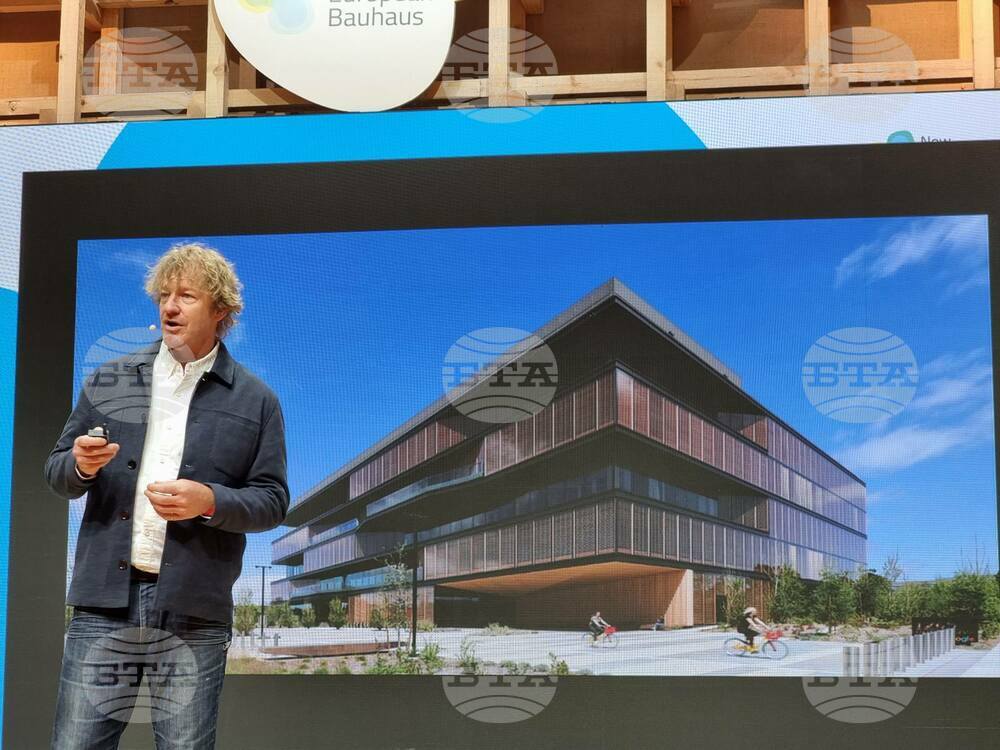BTA exclusive
![Canadian Architect Michael Green: Wood Can Be Used in Construction of Any Urban Building, including Skyscraper]()
![Canadian Architect Michael Green: Wood Can Be Used in Construction of Any Urban Building, including Skyscraper]() Canadian architect Michael Green presenting a building his team designed for a California-based IT company's headquarters, Brussels, April 12, 2024 (BTA Photo)
Canadian architect Michael Green presenting a building his team designed for a California-based IT company's headquarters, Brussels, April 12, 2024 (BTA Photo)
site.btaCanadian Architect Michael Green: Wood Can Be Used in Construction of Any Urban Building, including Skyscraper


Green gave an an interview for BTA on the sidelines of the Festival of the New European Bauhaus in Brussels.
/DS/
news.modal.header
news.modal.text